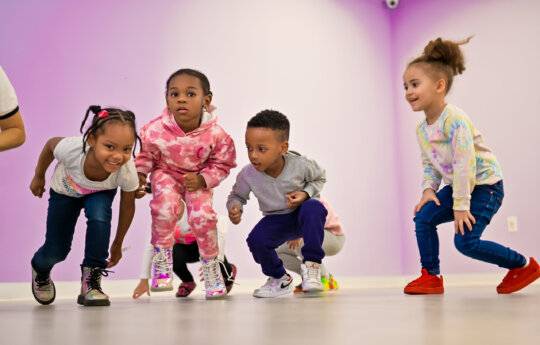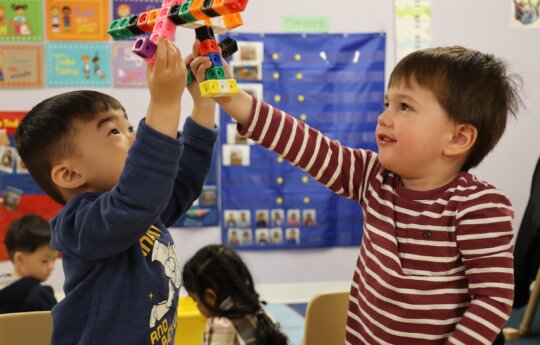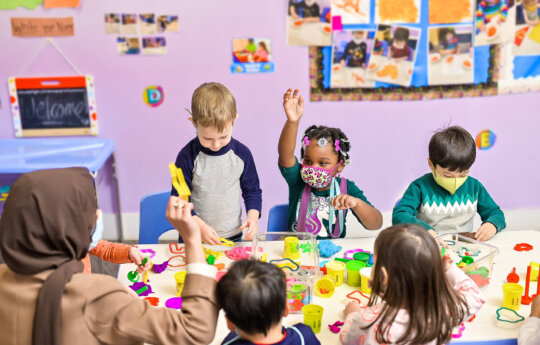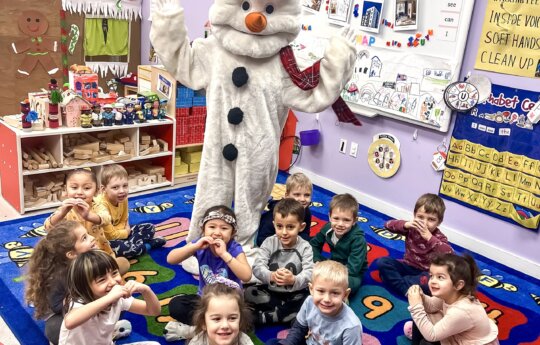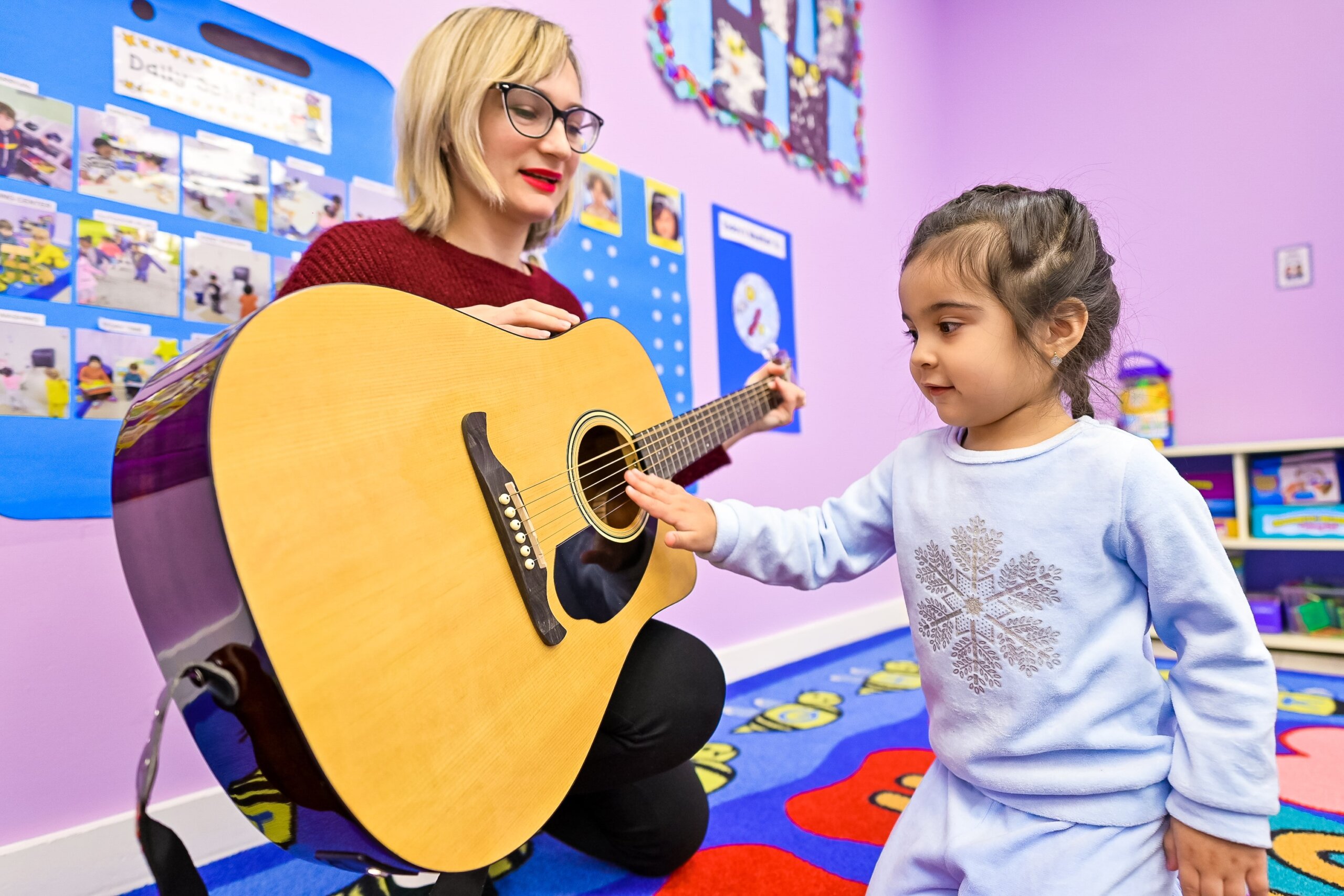
Incorporating music activities for kids, from toddlers to preschoolers, is not just about entertainment. It’s a powerful tool for developmental growth, fostering an environment rich in learning and creativity. Engaging in music activities and games introduces children to a world of rhythm and melody, enhancing their cognitive, emotional, physical, and sensory development. Children improve their language skills, boost their mathematical understanding, and develop a stronger sense of coordination and balance through music and movement activities. This introduction to music paves the way for a well-rounded education, making every note and beat a stepping stone to discovering their potential.
Dive into the rhythm and fun with our curated list of the top 20 music and movement activities for kids. Embark on a musical journey that enhances your child’s development in countless ways!
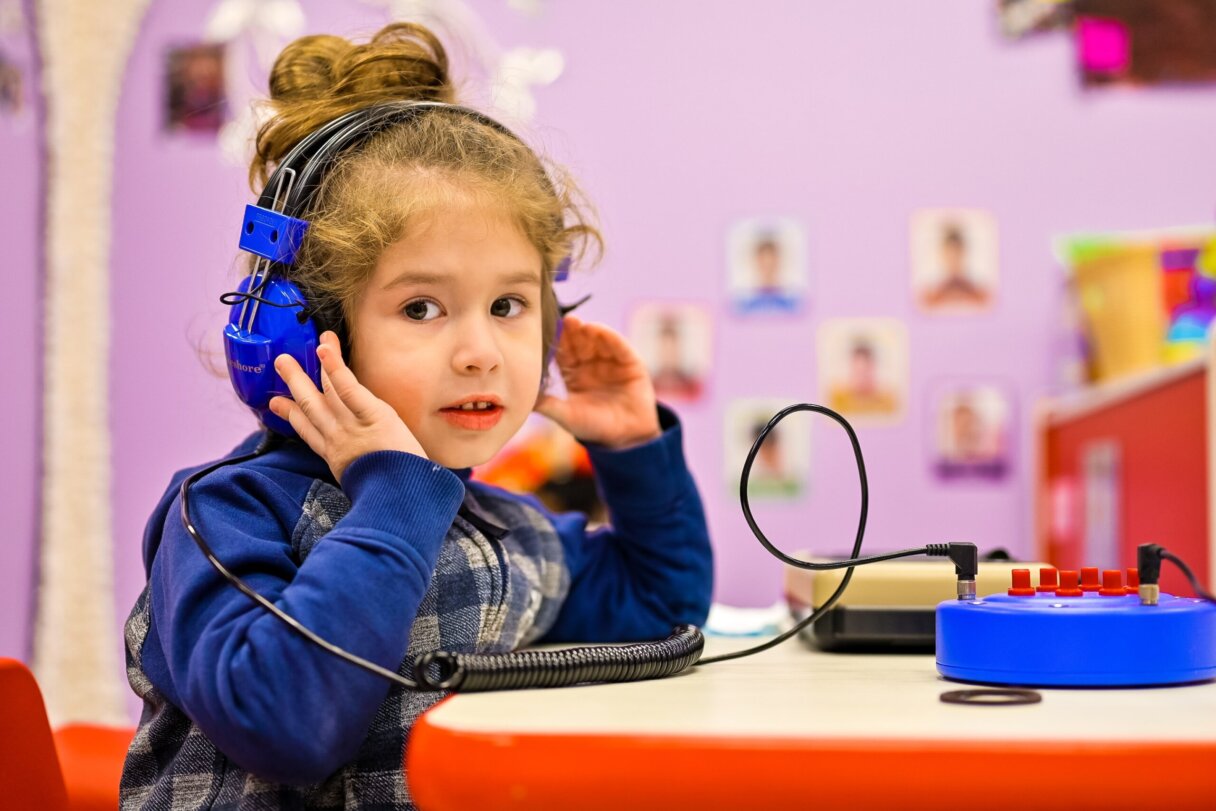
Age-appropriate Music Activities for Early Childhood Development
Children’s ability to engage with and learn from music activities evolves as they grow. From the soothing lullabies sung to a newborn to the dynamic musical games played by preschoolers, each stage of development brings new opportunities for exploration and learning through music. The following lists provide a variety of music activities tailored to the developmental stages of children up to 5 years old, ensuring that each activity enriches their growth in a fun, engaging, and age-appropriate way.
Ages 0-1:
- Gentle lullabies and soft rhythmic music
- Simple clapping games
- Introduction to soft, textured instruments like cloth-covered drums
Ages 1-2:
- Interactive songs with actions (e.g., “If You’re Happy and You Know It”)
- Simple homemade instruments (shakers made from filled bottles)
- Music and movement sessions with scarves or ribbons
Ages 2-3:
- Sing-along sessions with easy-to-follow melodies
- Basic rhythm recognition games using clapping or tapping
- Dance parties with a variety of music styles
Ages 3-4:
- Introduction to musical storytelling (songs with a narrative)
- Exploration of different sounds (high/low, fast/slow)
- Simple music games focusing on listening skills (e.g., “Freeze Dance”)
Ages 4-5:
- Group musical activities that encourage cooperation (e.g., “Pass the Sound”)
- Basic instrument play along with songs (e.g., xylophones, drums)
- Creative movement to music expressing different emotions or stories
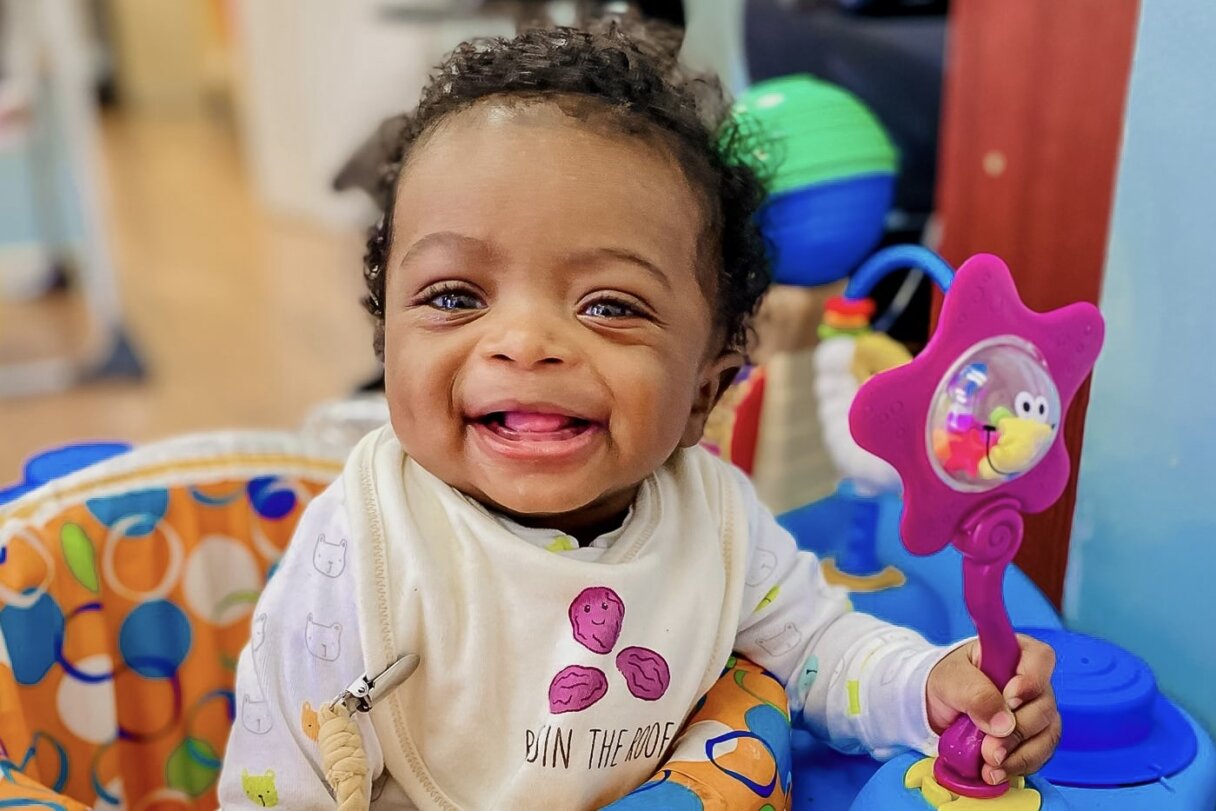
Music and Movement Activities for Toddlers
Engaging toddlers in music and movement activities is a delightful way to enhance their motor skills and coordination, fostering a harmonious blend of cognitive development and physical growth.
1. Animal Walk Parade:
Have the toddlers mimic different animals’ walks (e.g., hop like a frog, waddle like a penguin, crawl like a bear) to the sound of music. This activity enhances imagination, teaches about animals, and improves gross motor skills by encouraging various movements.
2. Musical Statues
Play music and encourage toddlers to dance in any way they like. When the music stops, they must freeze in place until the music starts again. This game develops listening skills, promotes physical activity, and helps with self-regulation as children learn to stop and start on cue.
3. Balloon Bop
Keep a balloon in the air by gently tapping it up while music plays. This simple yet fun activity improves hand-eye coordination, encourages gentle play, and teaches toddlers about cause and effect as they learn how different forces affect the balloon’s movement.
4. Rhythm and Drumming
Provide toddlers with drums or makeshift drums (like pots and wooden spoons) and play a variety of musical rhythms. Encourage them to beat the drums in time with the music. This activity promotes auditory skills, rhythm recognition, and motor coordination while introducing them to basic musical concepts.
5. Scarf Dance
Give toddlers light scarves or ribbons to hold and wave around as they move to music. This activity allows them to explore movement creatively, enhances fine motor skills as they grasp and manipulate the scarf, and teaches them about the flow and direction of movement.
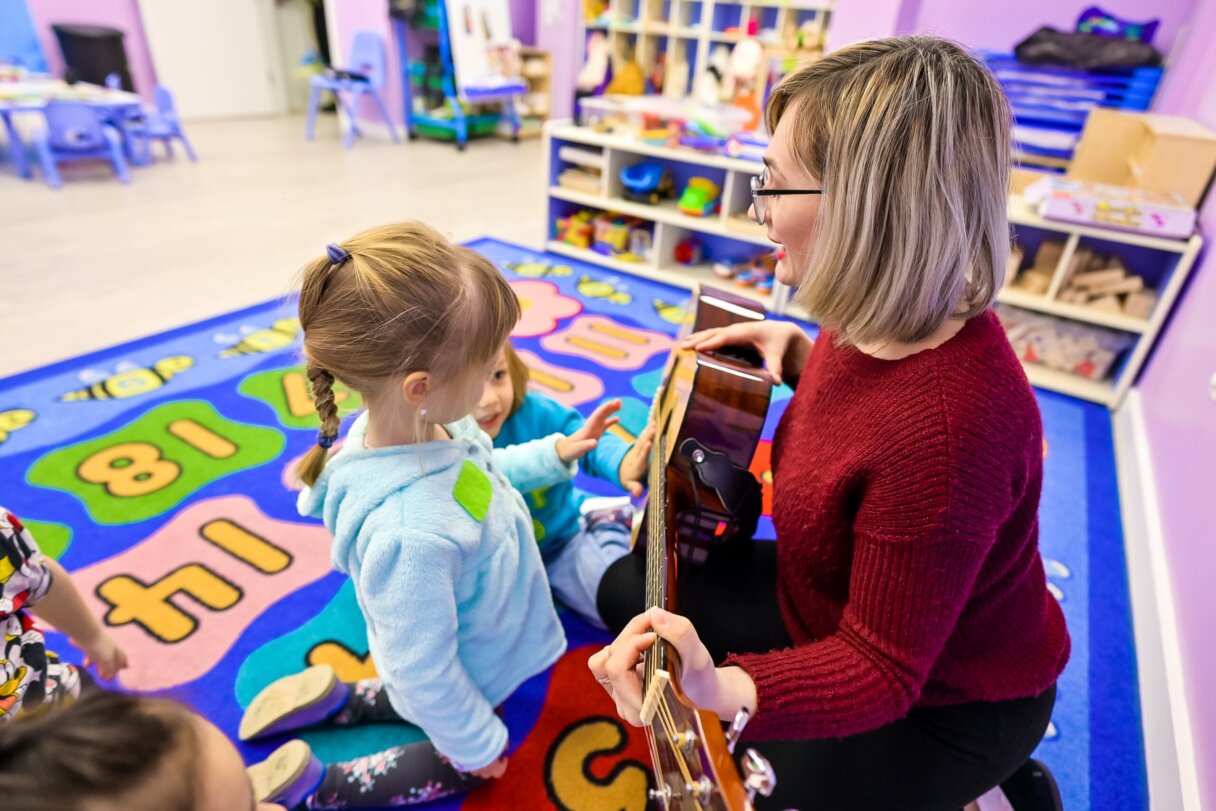
Music Activities for Preschoolers
Music plays a pivotal role in the development of preschool-aged children, offering them a vibrant avenue to explore creativity, enhance social skills, and develop a keen sense of rhythm and coordination. Engaging in music activities tailored for this age group nurtures their innate love for melody and rhythm and fosters individual creativity and group collaboration. From crafting their own instruments to participating in interactive music games, preschoolers are encouraged to express themselves, learn cooperation, and build a foundation for lifelong musical appreciation. Check out these specially curated music activities to enrich the preschool experience with fun and educational learning.
1. Sing-Along Story Time
Integrate classic children’s stories with songs, encouraging preschoolers to sing along with parts of the story. This activity fosters literacy through music and encourages children to connect narrative understanding with musical rhythms, enhancing memory and comprehension skills.
2. Musical Chairs with a Twist
In this variation of musical chairs, children must find a new chair to sit in instead of removing chairs when the music stops. This encourages group interaction, teaches flexibility, and ensures that all children remain engaged and active throughout the game.
3. Sound Matching Game
Use various musical instruments or objects that produce sounds and have the children match similar sounds. This game develops auditory discrimination skills, encourages teamwork, and introduces children to different musical instruments and sounds.
4. Create Your Own Instrument
Provide materials (e.g., empty boxes, rice, beans, rubber bands) for children to create their musical instruments. This activity promotes creativity, fine motor skills, and an understanding of how different materials can produce various sounds. It also gives children a sense of accomplishment when they use their instruments in a music session.
5. Music and Movement Obstacle Course
Set up an obstacle course where children must move according to the music. For example, they might crawl under a “tunnel” during slow music and hop through hoops during fast music. This activity combines physical exercise with musical understanding, encouraging children to listen carefully and move in response to the music’s tempo and style.
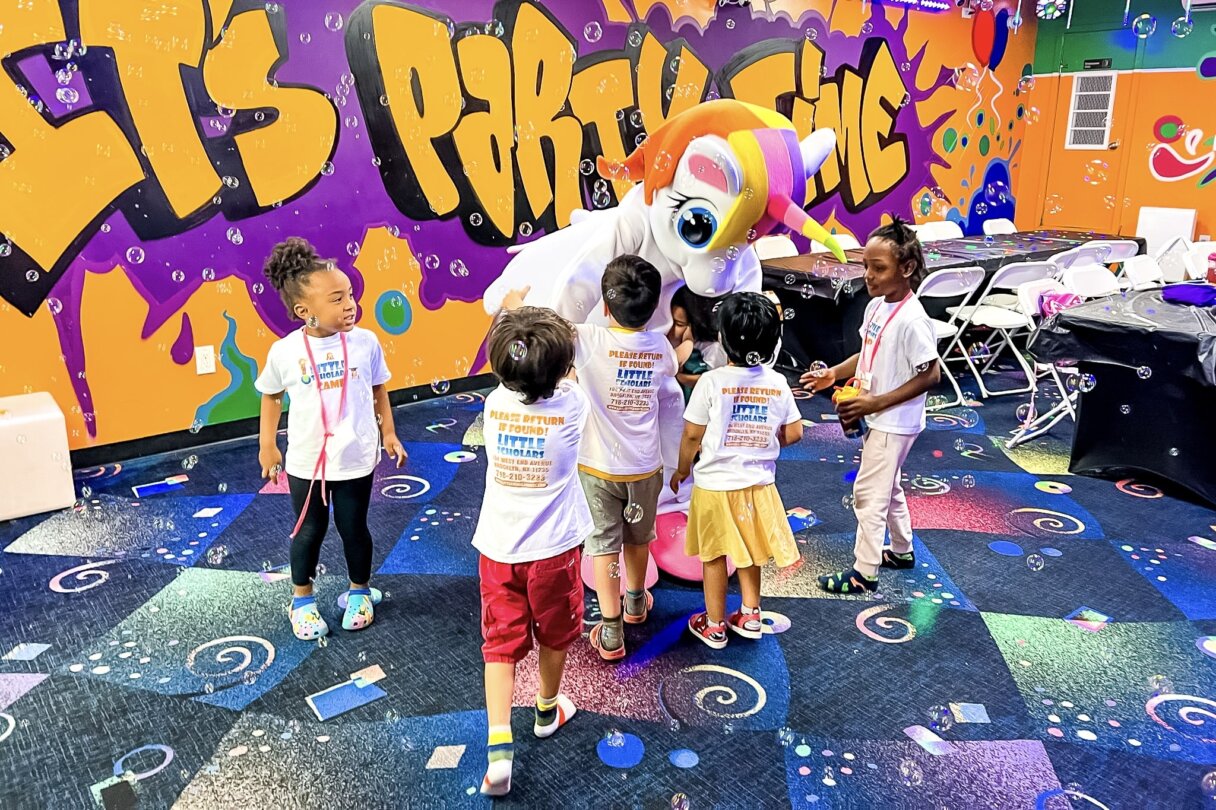
Music Games for Kids
Music games bridge fun and education, offering children a playful way to explore the world of sound, rhythm, and movement. Whether in the structured classroom environment or the comfort of home, these activities can significantly enhance a child’s musical aptitude, listening skills, and physical coordination. They encourage not only music appreciation but also promote social interaction, creativity, and cognitive development. Below are two lists of music games, each containing five engaging activities designed for kids to enjoy at home or in daycare settings. These games are tailored to capture the imagination of young minds, making music an integral part of their growth and learning journey.
Music Games for Home
- Kitchen Orchestra: Turn kitchen utensils and containers into musical instruments to create a family orchestra. Kids can explore different sounds and rhythms, enhancing their creativity and understanding of music.
- Songwriting Stars: Encourage kids to write their songs using simple melodies. This activity fosters creativity, improves language skills, and introduces basic song structure.
- Musical Drawing: Play different genres of music while kids draw or paint what they feel or imagine, linking emotions and colors with musical sounds, thus promoting emotional intelligence and creativity.
- Name That Tune: Play the first few seconds of various songs and have kids guess the song. This game sharpens listening skills and expands their musical repertoire.
- Dance Party Freeze Game: Similar to musical statues, kids dance when the music plays and freeze when it stops. This improves motor skills and reaction times and is a fun way to burn energy.
Music Games for Daycare
- Circle Song Swap: Sitting in a circle, each child chooses a song for the group to sing together. This encourages sharing and participation while enhancing memory and musical knowledge.
- Musical Storytime: Incorporate music and sound effects into storytelling. This activity boosts listening skills, imagination, and understanding of narrative flow.
- Instrument Guessing Game: Play sounds from different instruments without showing them and have children guess the instrument. This enhances auditory discrimination and introduces musical instruments.
- Rhythm Copycat: One child creates a rhythm using claps or instruments, and the others try to replicate it. This game teaches rhythm recognition and encourages attentive listening.
- Musical Chairs with Colors: Instead of removing chairs, use colored mats or spots. When the music stops, announce a color, and children rush to stand on it. This variation adds an educational twist, teaching colors while engaging in physical activity.

A Guide to Teaching Kids About Music
Teaching kids about music opens a world of creativity, expression, and cognitive benefits, establishing a foundation that nurtures their development across multiple domains. Music education for children can be approached through a variety of engaging activities and resources that cater to their curiosity and learning styles. Here are some tips, book recommendations, and reputable resources designed to make the musical journey enjoyable and effective for kids of all ages.
Tips for Teaching Kids About Music
- Start Early: Introduce music to children as early as possible by singing lullabies, playing soothing melodies, and encouraging them to make sounds with simple instruments.
- Incorporate Play: Use music games and activities to teach musical concepts in a fun and engaging way. This could include rhythm clapping games, musical chairs, or creating simple instruments.
- Explore Different Genres: Expose children to various musical styles to broaden their understanding and appreciation of music.
- Create a Musical Environment: Fill your home or classroom with music by having instruments accessible, playing background music, and setting aside time for musical activities.
- Encourage Participation: Whether singing together, dancing, or playing instruments, active participation enhances learning and makes music more enjoyable.
Book Recommendations
- “Welcome to the Symphony” by Carolyn Sloan: A delightful introduction to the orchestra for children, using Beethoven’s 5th Symphony to explain musical concepts.
- “Zin! Zin! Zin! A Violin” by Lloyd Moss: A fun and educational book that introduces children to musical instruments and the concept of an orchestra.
- “M is for Music” by Kathleen Krull: This alphabet book covers various musical terms, history, and genres, making it a comprehensive resource for young learners.
- “The Story of the Orchestra” by Robert Levine: An interactive book that explores the history of the orchestra and its instruments, complete with a CD featuring 41 classical music tracks.
- “Music Is…” by Brandon Stosuy: A board book designed for toddlers, introducing music through simple illustrations and concepts, perfect for the youngest music enthusiasts.
Reputable Resources
- Classics for Kids: An interactive website that offers music games, lesson plans, and an extensive library of classical music tailored for children.
- PBS Kids Music: Featuring music games and activities from popular PBS Kids, this resource is ideal for engaging young children in music education.
- Chrome Music Lab: A fun, hands-on web tool that allows kids to explore music and its connections to science, math, art, and more through interactive experiments.
- New York Philharmonic Kidzone: An online music hub where children can learn about instruments, composers, and the orchestra, complete with games and activities.
Integrating these tips, books, and online resources into your approach can create a rich, supportive environment that encourages children to explore, appreciate, and create music. Whether at home or in the classroom, these tools offer a wide range of opportunities to engage with music meaningfully.
Conclusion
As we have journeyed through the world of music and its undeniable impact on the development of children from toddlers to preschoolers, it becomes clear that music is not just an art form but a vital educational tool. Music offers a unique and joyous pathway to growth for every child, from enhancing cognitive abilities and emotional development to improving physical coordination. By incorporating the activities and games discussed, parents and educators can provide an environment that fosters creativity and builds foundational skills crucial for lifelong learning.
However, to fully unlock the potential of music in early childhood development, it is essential to consider structured programs specializing in early learning. Little Scholars Daycare programs are a premier choice for parents looking to enrich their child’s early years with the gift of knowledge.
We invite you to explore the possibilities that Little Scholars Daycare offers. Whether you’re looking to enhance your child’s musical journey, boost their early development, or provide them with a fun and enriching environment, our programs are tailored to meet those needs. Join us, and let’s make every note count in the symphony of your child’s early education.

